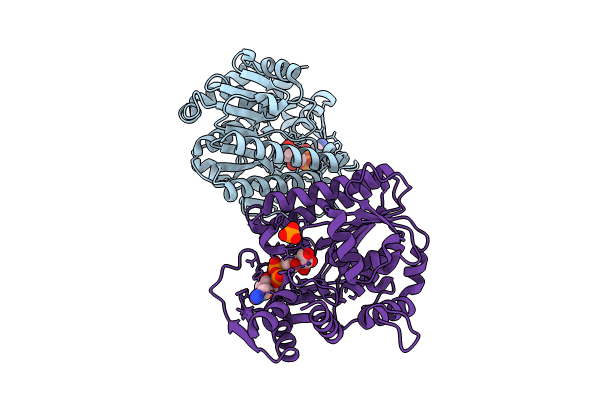
Deposition Date
2023-11-29
Release Date
2023-12-20
Last Version Date
2024-03-13
Entry Detail
PDB ID:
8V4H
Keywords:
Title:
X-ray structure of the NADP-dependent reductase from Campylobacter jejuni responsible for the synthesis of CDP-glucitol in the presence of CDP-glucitol
Biological Source:
Source Organism:
Campylobacter jejuni (Taxon ID: 197)
Host Organism:
Method Details:
Experimental Method:
Resolution:
2.20 Å
R-Value Free:
0.28
R-Value Work:
0.20
R-Value Observed:
0.21
Space Group:
P 21 21 21


